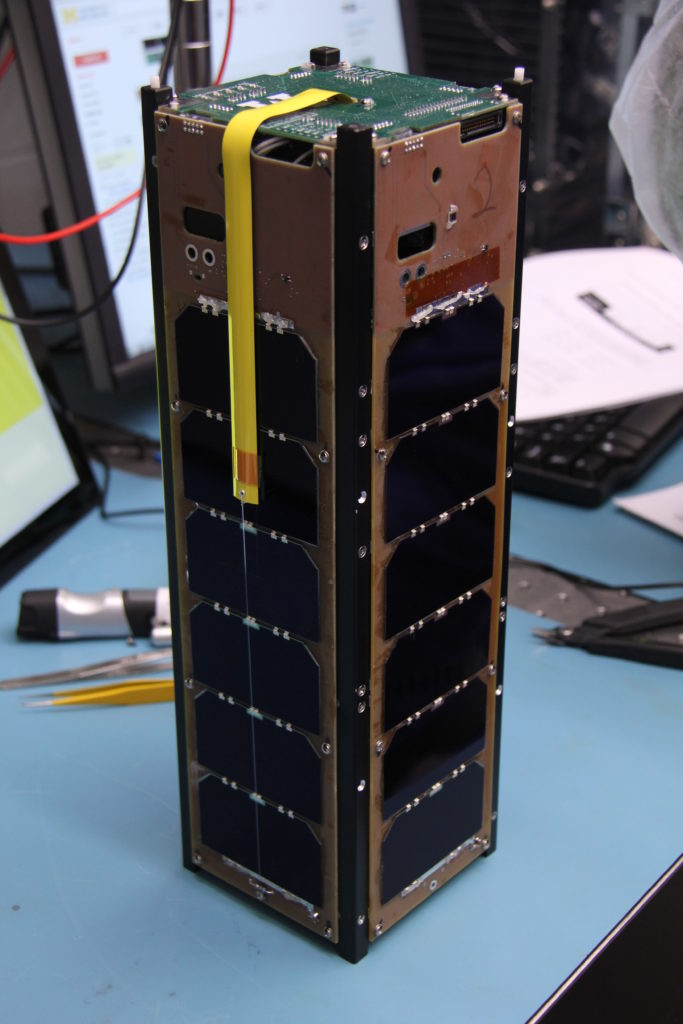The GEO-CAPE ROIC In-Flight Performance Experiment (GRIFEX) is a 3U CubeSat developed by JPL and MXL that is performing engineering assessment of a JPL-developed high frame rate Focal Plane Array (FPA) and its unique in-pixel analog-to-digital conversion circuitry. The FPA and signal chain’s high throughput capacity will enable the proposed Geostationary Coastal and Air Pollution Events (GEO-CAPE) mission concept to make hourly high spatial and spectral resolution measurements of rapidly changing atmospheric chemistry and pollution with the Panchromatic Fourier Transform Spectrometer (PanFTS) instrument in development. GRIFEX is the fifth satellite developed by the MXL research and student team. It is the third satellite developed by MXL for JPL and NASA ESTO.
In addition to being designed to fulfill its science objectives, GRIFEX’s bus avionics represent a streamlining and upgrade of MXL’s previous designs. The core GRIFEX avionics were re-used in similar forms on CADRE and will likely be re-used again on TBEX. Test systems on board included advanced radio communication and a magnetic torque coil system.
GRIFEX is operating successfully on orbit after being launched 29 January 2015 from Vandenberg Air Force Base on board a Delta II rocket. The primary payload was the SMAP mission. NASA’s CubeSat Launch Initiative provided the launch opportunity.
As of Fall 2015, GRIFEX continues to take images with its payload and collect engineering telemetry. About 20 datasets from completed MARINA runs have been sent to JPL for assessment and postprocessing. For updates and tracking information, see the “Blog” and “Tracking Information” tabs, respectively. Brief updates may also be posted to MXL’s Facebook page.

